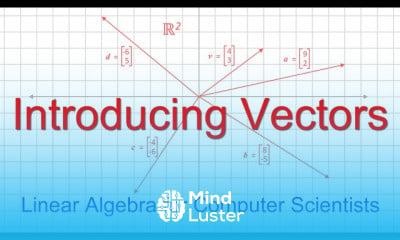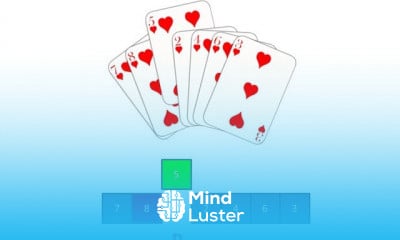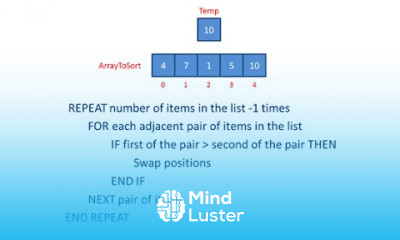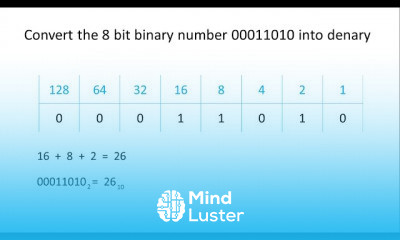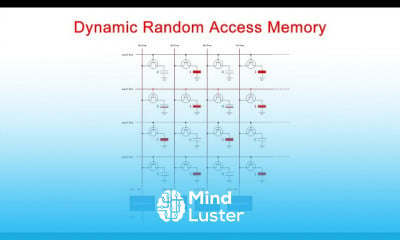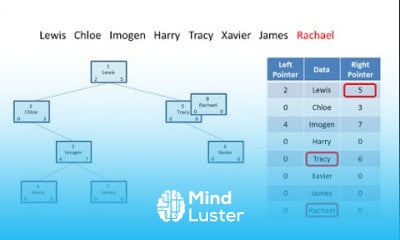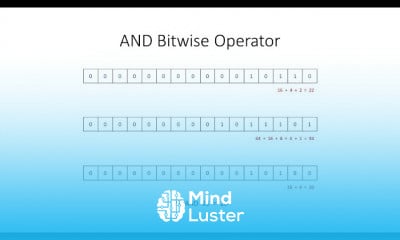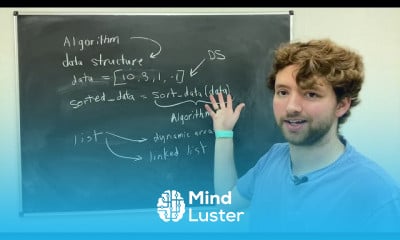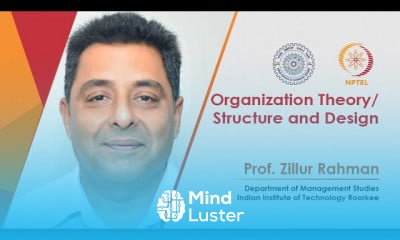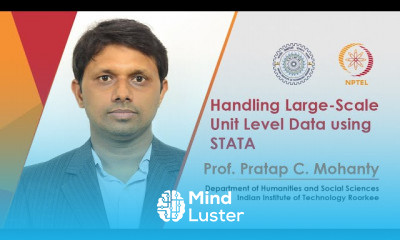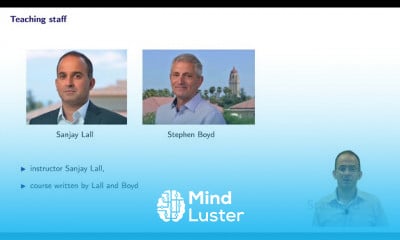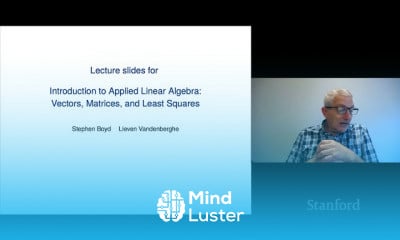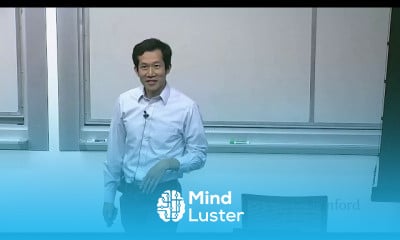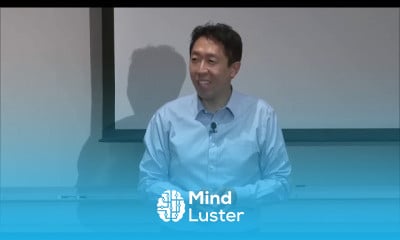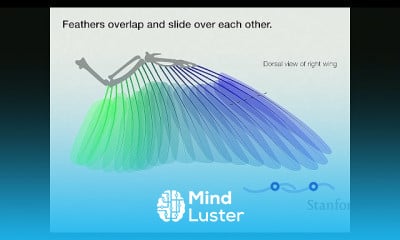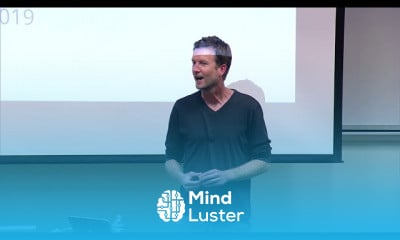Lecture 14 Expectation Maximization Algorithms | Stanford CS229 Machine Learning Autumn 2018
Share your inquiries now with community members
Click Here
Sign up Now
Lessons List | 20
Lesson

01:22:02
Lecture 4 Perceptron Generalized Linear Model | Stanford CS229 Machine Learning Autumn 2018

01:23:26
Lecture 8 Data Splits Models Cross Validation | Stanford CS229 Machine Learning Autumn 2018
Comments
Related Courses in Computer Science
Course Description
Machine learning
Field of study
Machine learning is the study of computer algorithms that improve automatically through experience and by the use of data. It is seen as a part of artificial intelligence. Is machine learning hard?
Why is machine learning 'hard'? ... There is no doubt the science of advancing machine learning algorithms through research is difficult. It requires creativity, experimentation and tenacity. Machine learning remains a hard problem when implementing existing algorithms and models to work well for your new application.What is the goal of machine learning?
Machine Learning Defined
Its goal and usage is to build new and/or leverage existing algorithms to learn from data, in order to build generalizable models that give accurate predictions, or to find patterns, particularly with new and unseen similar data.What are the basics of machine learning?
Key Elements of Machine Learning
Every machine learning algorithm has three components: Representation: how to represent knowledge. Examples include decision trees, sets of rules, instances, graphical models, neural networks, support vector machines, model ensembles and others.
Trends
French
Data Science and Data Preparation
Formation efficace à l écoute de l
Graphic design tools for beginners
Artificial intelligence essentials
Learning English Speaking
Essential english phrasal verbs
MS Excel
Electrical engineering for engineer
Build a profitable trading
American english speaking practice
Build a tic tac Toe app in Xcode
Design and Analysis of algorithms DAA
Python for beginners
YouTube channel setup
Marketing basics for beginners
Figma for UX UI design
Web Design for Beginners
Magento Formation Français
Computer science careers
Recent
Data Science and Data Preparation
Growing ginger at home
Gardening basics
Ancient watering techniques
Grow mushrooms
Growing onions
Veggie growing
Bean growing at home
Growing radishes
Tomato growing at home
Shallot growing
Growing kale in plastic bottles
Recycling plastic barrel
Recycling plastic bottles
Grow portulaca grandiflora flower
Growing vegetables
Growing lemon tree
Eggplant eggplants at home
zucchini farming
watermelon farming in pallets


